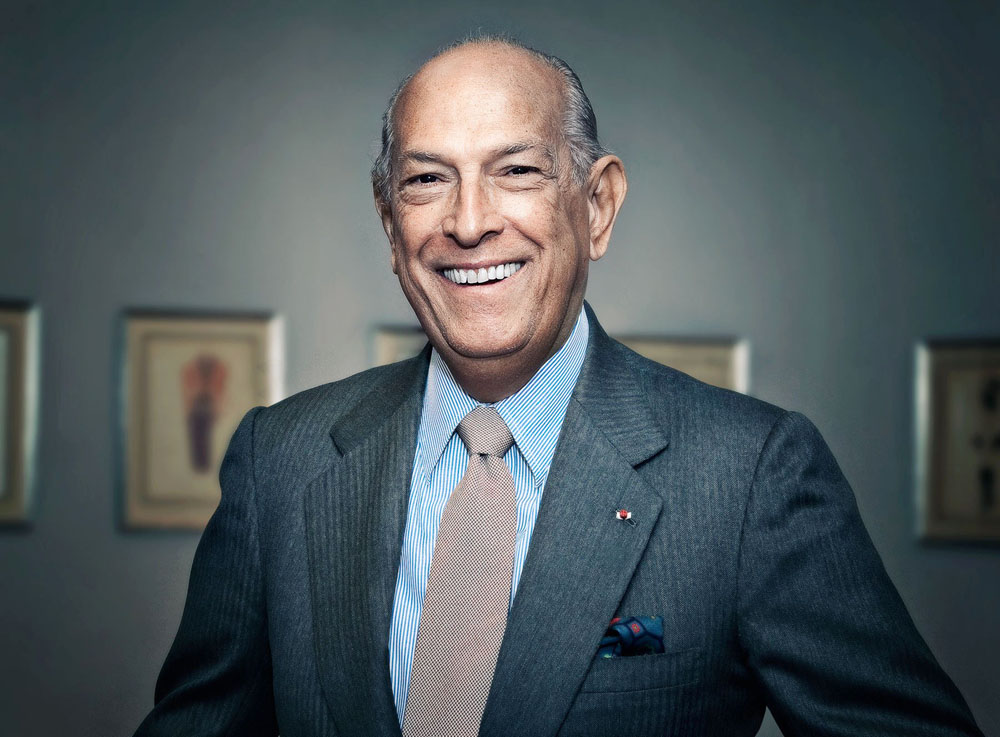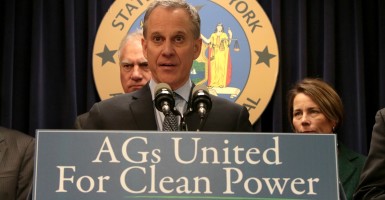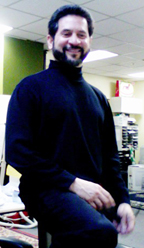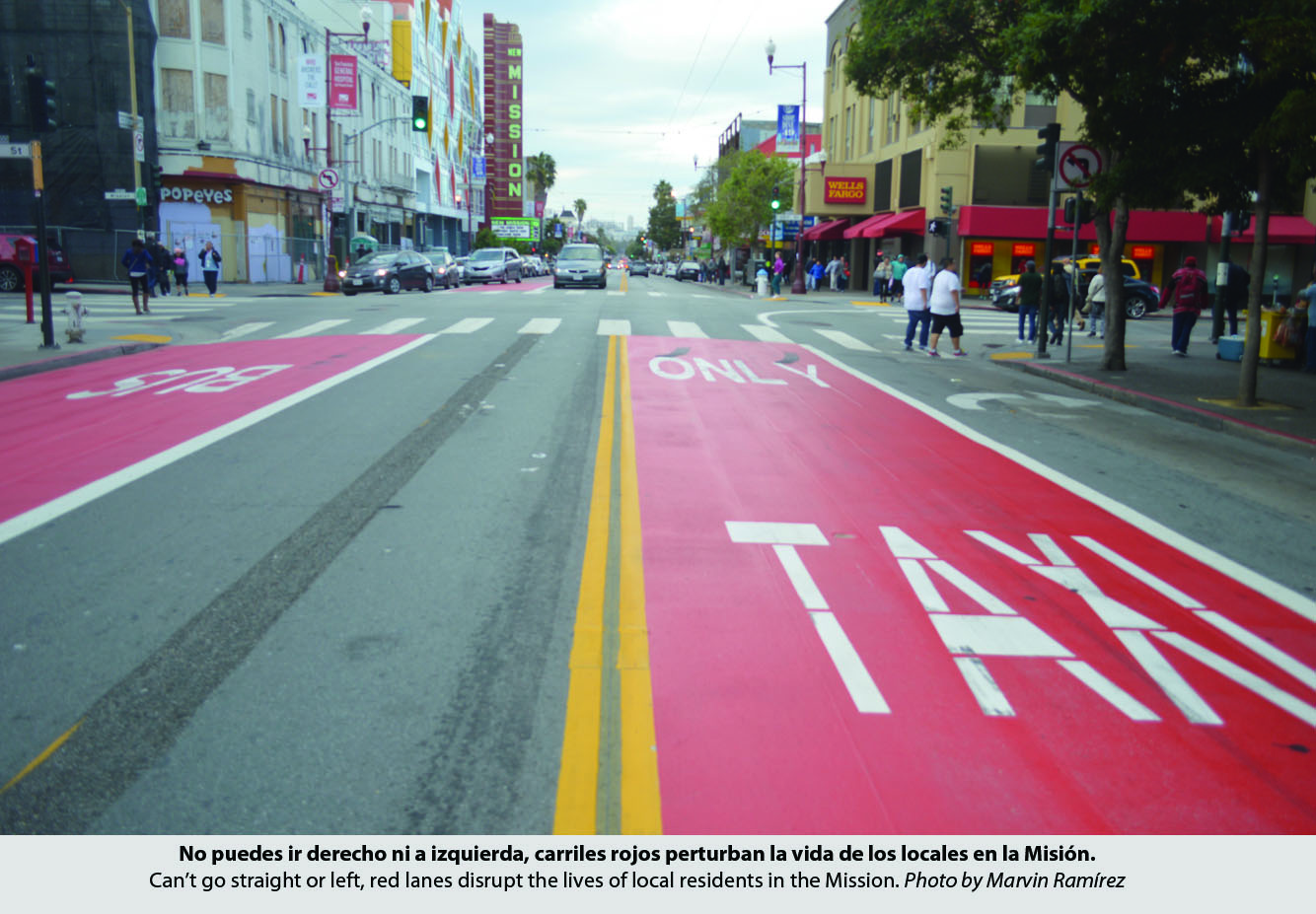by the El Reportero’s wire services
Honduran President Juan Orlando Hernández on Sunday asked people to support the police operations aimed at disarming a complex network of extortion in the country.
“We need more information,” underlined the head of Government when he called on the victims of that crime to report their cases to help authorities to fight what he considered one of the biggest challenges being faced in Honduras.
He also admitted the courage of people whose testimonies allowed capturing criminals during mass raids carried out by authorities as part of the so-called Operation Tornado.
According to a military spokesperson, the members of the Army and the National Anti-extortion Force has arrested 1,123 criminals so far.
In addition to capturing gang members who collected the so-called “war tax” in public transportation, a few days ago, the agents arrested 21 police officers and two army officers who were linked to that criminal network.
Considered one of the worst scourges in Honduras, extortion has forced more than 40,000 commercial establishments to close over the past decade and 130,000 jobs have been lost.
Sinaloa cartel has the biggest air fleet in Mexico
The Sinaloa Cartel might be considered the biggest airline in Mexico, stated a local newspaper Tuesday, taking into account that the number of confiscated airplanes from that criminal organization in the last 10 years.
Mexican newspaper El Universal said that military authorities confiscated 599 airplanes from the Sinaloa Cartel, in which they were able to move cocaine and marijuana all over Latin America in the last 10 years.
The air fleet by the Sinaloa Cartel is superior to the one by Aeromexico, the biggest commercial airline in the nation, with 127 airplanes.
The newspaper said that if the Cartel were a legal organization, it would compete with Aeromexico and every other airline in the country.
Information from the Mexican National Defense Ministry estimated the Sinaloa Cartel operates 4,000 clandestine airline tracks of between 500 and 1,000 meters long, located in the mountains in the north of Mexico.
Cases of Zika, dengue and Chikungunya increase to 35.000 in Honduras
The number of people affected by Zika, Dengue and Chikungunya increased to more than 35.000, the Ministry of Health of Honduras reported today.
The Vice Minister of Health Francis Contreras said that the country already registered more than 19.000 patients with Zika, and 76 with Guillain Barre Syndrome associated with the virus.
“It is not common the occurrence of so many cases of Guillain Barre syndrome. If the situation continues, by the end of the year the number of cases could reach the 300″, Contreras warned.
He also noted that 238 pregnant women remain under medical surveillance for suspected infection, mostly in the departments of Cortés, Francisco Morazán, Yoro and Choluteca.









